Hugar: “Some of our stuff is slightly broken, but we don’t want it repaired because that’s all part of the sound"
"You could say we have a gear addiction,” say the Icelandic neo-classical/ambient duo
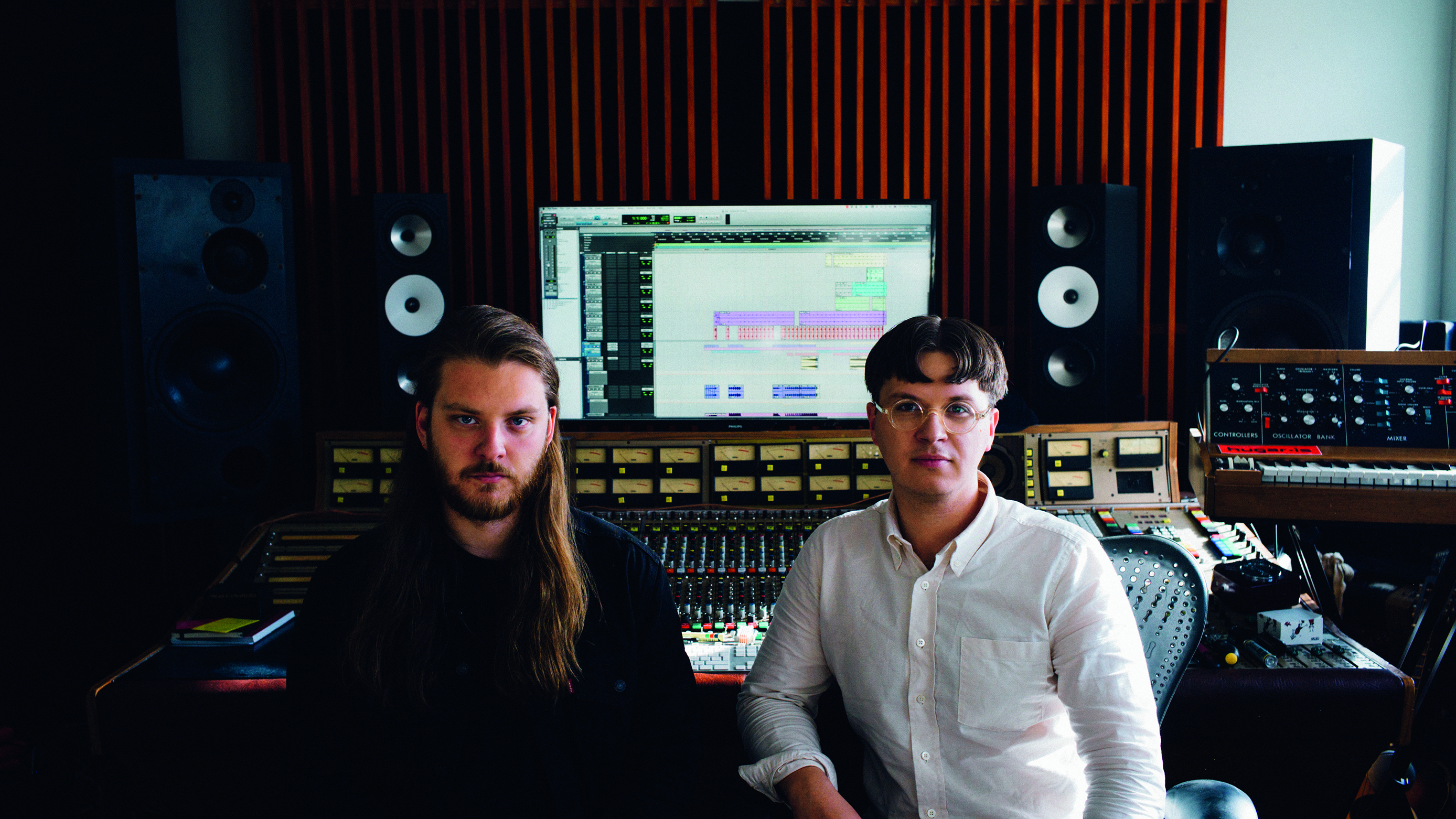
Icelandic multi-instrumentalists Bergur Þórisson and Pétur Jónsson have developed into one of the country’s most intriguing exports.
Childhood friends, growing up in the town of Seltjarnarnes close to Reykjavík, the duo played in various funk, jazz and reggae bands throughout their teenage years, but only began producing after gaining access to a recording studio in 2012.
Their haunting self-titled debut album, Hugar (2014), became a critically acclaimed release amidst collaborations with fellow Icelandic artist Ólafur Arnalds on the soundtrack to the ITV crime drama Broadchurch and Sigur Ros on their Black Mirror score.
More recently, the pair completed The Vasulka Effect: Music for the Motion Picture, a documentary based on 1960s video-art pioneers Steina and Woody Vasulka. After scoring the docu-movie, Hugar expanded the project to create an extravagant 20-track ambient album.
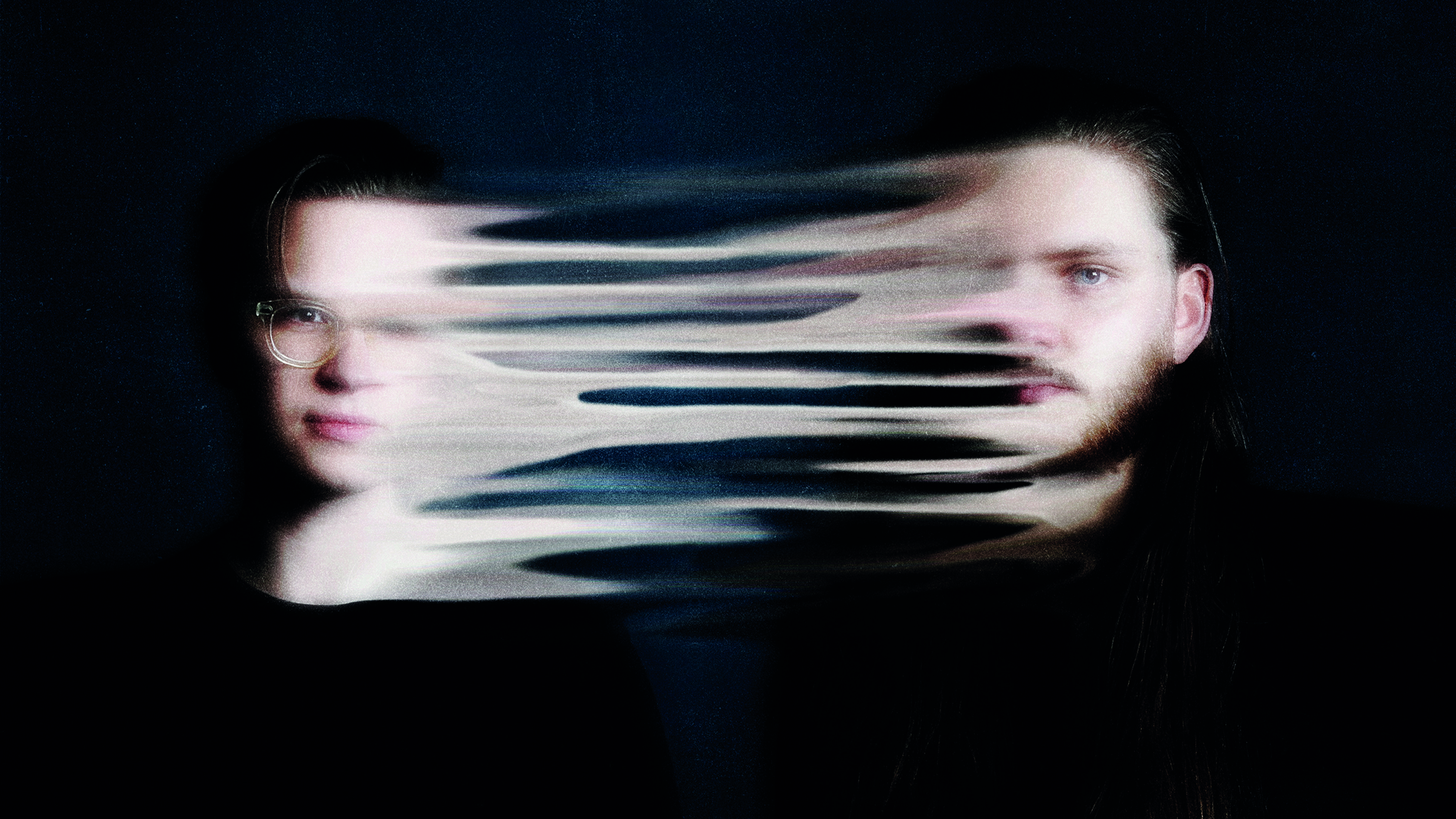
How did you first meet?
Bergur: “We met in kindergarten when we were about three years old and obviously found that we were interested in music a little bit later. We started playing together in various different bands, but about eight years ago I was working in a studio that belonged to a friend of mine who was going on tour – he was actually my trombone teacher. The studio had an API console and some nice outboard and Neumann mics, so I called Pétur and said we need to make something happen. The band was born.”
Pétur: “As Bergur said, we had access to the studio so the album was born before the band if that makes sense? We basically started writing in the studio, recording straight to tape and ended up with a bunch of songs we could release as an album. We didn’t think anyone would buy the record so we made a website and gave it away for free. It got picked up, and following that we’ve been fortunate to be able to play music all over the world.”
Want all the hottest music and gear news, reviews, deals, features and more, direct to your inbox? Sign up here.
Are you self-taught musicians?
Pétur: “We both studied at music school and played in a marching band in the town we grew up in. We were lucky to go abroad on some marching band tours, which were a lot of fun and gave us some experience, but we didn’t start playing instruments properly until the first year of high school, then we started a band with three friends of ours, playing jazz and funk music. That evolved into experimental jazz, which has always been a cool scene in Iceland.”
Having stumbled on a studio to work in, did you already have an idea about the sort of music you wanted to make?
Bergur: “To some extent, but most of the songs were born right there and then. We drew inspiration from the instruments and techniques we were using while working in the studio, and having the time to evolve and experiment was a big part of that.”
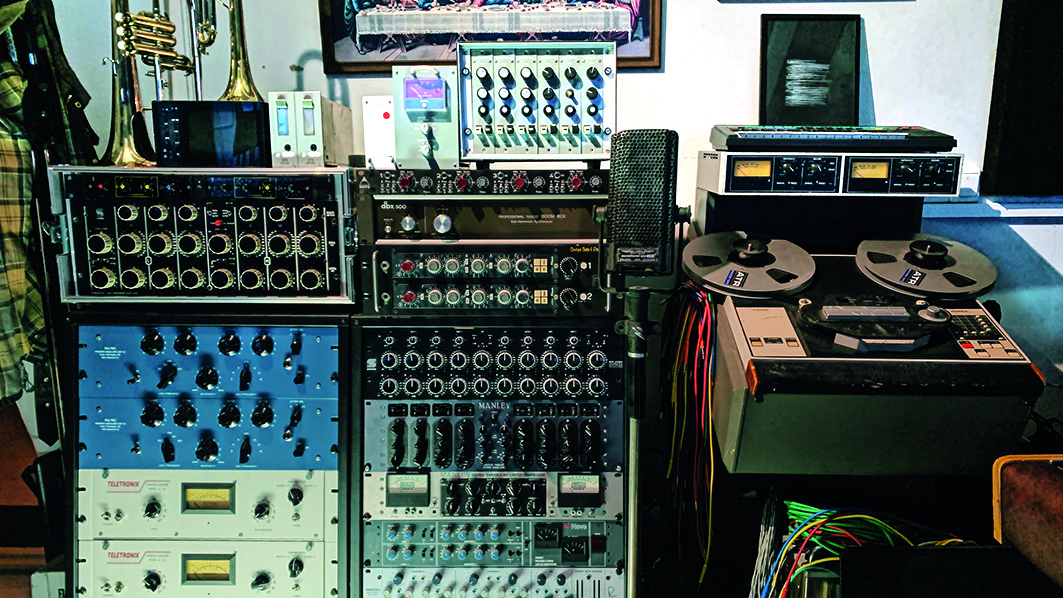
Were you inspired by other Icelandic artists or do your influences fall outside of that?
Pétur: “You can find inspiration in various forms of music that are not associated with the genre you’re put into, but we also drew from our beginnings in experimental jazz music, which is maybe something people don’t know.”
Bergur: “We’ve been very lucky to work with both Sigur Ros and Ólafur Arnalds, who played drums on our first album. Of course, we draw influences from all over; everything from Pink Floyd to Bon Iver, Beyoncé and Ryuichi Sakamoto, who we were very lucky to see perform at a festival in Iceland a few years ago. He’s a legend in this game.”
Do you think the dreamy quality of your music reflects the climate you live in?
Pétur: “There are a lot of interesting aspects to that because, living in Iceland, the weather plays a big part in us being quite isolated at various times during the year. For example, growing up here you might have nothing better to do than play music in your friend’s garage all winter.”
Bergur: “Also, when you travel around the country and see all the rough landscapes it definitely has an influence. On top of that, the community here is very tight. Everybody works with and influences each other and that’s an important reason why so many people from Iceland are successful in music.”
Do you think the climate affects the mood of the music too?
Bergur: “You’re not going to write a happy tune when it’s raining and the wind is blowing on the window [laughs], but there’s a hope aspect to that too because you might be imagining some utopia in your dreams or thinking about going to the beach.
"We were both lucky to have parents who travelled around the country with us, so we got to see all these different magical parts of Iceland. Subconsciously, that has a massive effect, and we like to travel ourselves to seek inspiration. Driving in a snowstorm for five hours to hang out in some cabin is all part of the fun.”
Pétur: “We once ended up in a studio for a whole night because our car was stuck in the snow. We had to make the best of it, but that whole scenario had a big effect on the music being made.”
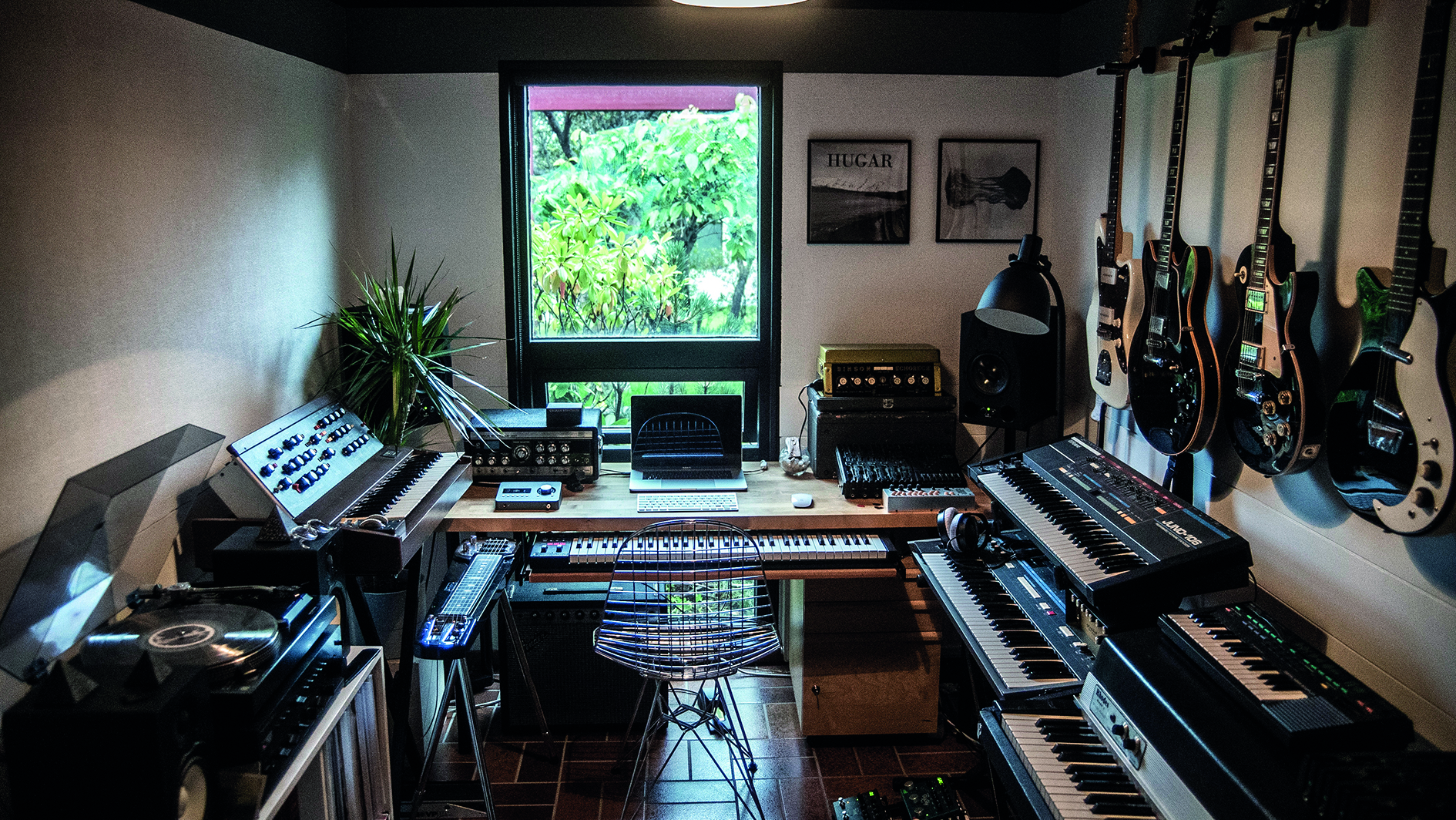
Was there a point where you decided to combine your resources and set up your own studio together?
Bergur: “We’ve set up two different studios. I work with other artists quite a lot so I have my own commercial studio facility and, especially during Covid times, we’ve had to work separately so Pétur’s been working from his home studio. That’s been really handy because we can work remotely and send stuff back and forth.”
We'd imagine the starting point for your second album, Varða, was very different to the first?
Bergur: “Yes, because when we started the first one we didn’t even set out to make an album. With Varða we had this classic idea of making a big concept album with everything laid out. It took a long time and we put a tremendous amount of work into it, so we’re really proud, but at the same time the process was similar to the first record as we’re just making music that we like to listen to rather than trying to sound like someone else.”
When making instrumental albums do you need a mental image to work towards?
Pétur: “Our ideas tend to grow out of something we can’t quite feel, so we have to put it into context afterwards. We like to have a visual reference to guide us at some point in the process, but that’s not necessarily something we want to give the listener as we want them to have the freedom to create their own imagery of what a song is about.”
Bergur: “With most music you’re giving away the story of a song with your lyrics, but we like to do the opposite and use textures and sounds to translate those feelings and give the listener the complete freedom to create their own world of ideas around each song.”
Tell us about your recent release The Vasulka Effect. What led you to being involved in the recording of this documentary project?
Bergur: “We’d already worked with the film producer before. He created this project to make a documentary about the legendary Steina and Woody Vasulka, who are now recognised as pioneers of video art in the ’60s and ’70s. They were hanging out in New York with everyone from Andy Warhol and Salvador Dali to Miles Davis and Jimi Hendrix and would play with all these different technologies.
"The producer thought that we would be a perfect fit for the film, so we made the score for the documentary and did quite a lot of experimentation with weird sound generators and tape loops, trying to copy some of the experiments this couple were doing.
"After we finished the score, we still felt that the music was not really finished, so we kept on developing it until it turned into a hybrid of a soundtrack and a regular album.”
In what way did the production techniques you used mirror the Vasulka’s visual art projects?
Bergur: “Some of the early video tech they used comprised of plugging synthesizers into video equipment. They had an amazing EMS Putney synth and were neighbours of Bob Moog in Buffalo, so they were hanging out with him and drawing inspiration from that. Some of the sounds on their video art are actually quite amazing, so we were trying to pool inspiration from that and stay in that zone while still trying to make beautiful music in our own way.”
Pétur: “We also tried to draw inspiration from their fascinating life story and what they might have been feeling during the happy and more difficult times. Unfortunately, Woody passed away last year, but we were very fortunate to have them both come to the studio and tell us stories about Bob Moog. They walked in, saw the Minimoog and said, ‘Hey, Bobby made this - he was our neighbour in Buffalo!’”
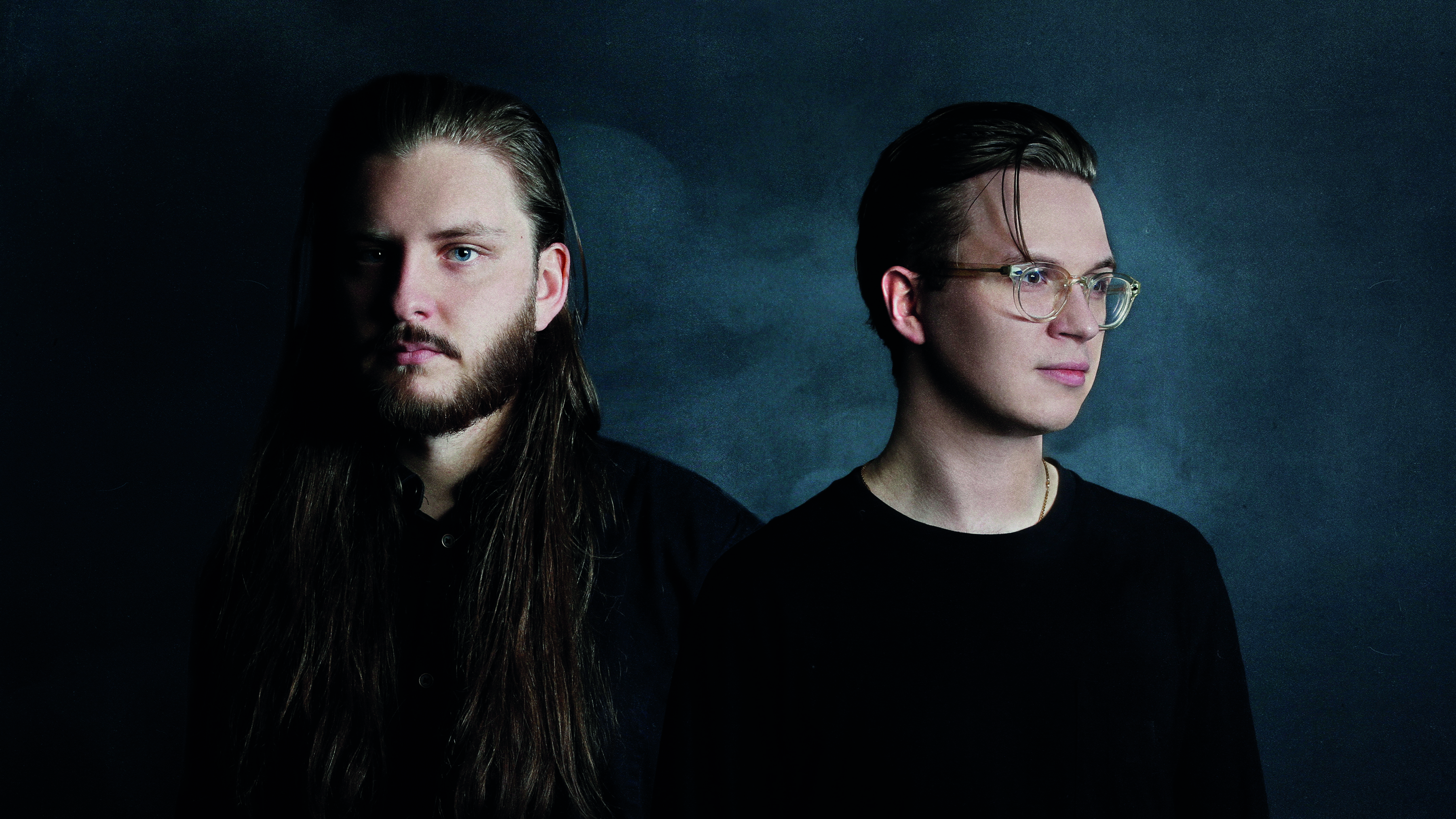
The score sounds more electronic than your previous albums. Was that the case?
Bergur: “We’ve been put into this classical field of music but we really like to challenge the listener by making electronic sounds that sound like acoustic instruments and vice versa. We make guitar sounds that sound like clarinets and synthesizer sounds that sound like string orchestras, but yes, because of the subject this album is definitely more electronic.”
Do you have different skills that are complementary to each other or are you constantly exchanging roles?
Bergur: “Sometimes we start a project together then work separately and sometimes we do the opposite, but we mainly try to use different methods of working to challenge ourselves rather than just repeat the same methods again and again. We try to draw inspiration from the tools of the trade, for example, working with different software or trying out every new plugin we can find.”
Your outboard gear is very vintage. Does that appeal to you more than modern hardware?
Bergur: “This circles back to the last question because it’s about using tools that do unpredictable things and we find that it’s so much fun drawing inspiration from those imperfections. We have a Memorymoog, which is the perfect imperfect instrument - it makes unpredictable sounds and that makes it easy to be a composer.
"It’s the same with analogue hardware like tape delays, magnetic disc delays or some weird compressor - they’re just another way of adding creative input into the work that allows you to sculpt the sound. You could say we have a gear addiction!”
Pétur: “We started acquiring hardware from an early age - maybe 15 years ago, and we’re still quite young. Through buying and selling we’ve got to know what works for us and have slowly built up a portfolio of gear that we love.”
Bergur: “Some of this stuff is slightly broken, but we don’t want it repaired because that’s all part of the sound. We have an amazing Sontec EQ that has some kind of magic that you can’t put into words. It’s the same with the Minimoog - there’s no plugin or synth that can make those types of sounds.”
Pétur: “I’d add the Space Echo to that as anything you put through it will sound better at the other end. I don’t think you can really call it lo-fi, it just adds a texture to a sound that you can’t find with a plugin, and since we make instrumental music we try to use those elements to the fullest.”
Bergur: “Of course, there are still people making amazing new equipment today, but in general the instability of this vintage stuff is a big part of our sound - to the point of it being slightly out of tune, which can give a magnificent beauty to the music.”
Do you use any modern or digital synths?
Bergur: “The Deckard’s Dream is an amazing piece of equipment and the Critter and Guitari Pocket Piano is a great piece of gear too. It’s a mixture of a sequencer, arpeggiator and synthesizer that makes these really unpredictable sounds.
"Of course, we’re also into the Eurorack game, which is a very dangerous hobby, but some of the new stuff makes absolutely magical sounds. A couple of years ago we started with a small setup that wasn’t supposed to grow too much, but unfortunately it did.”
Which Eurorack modules inspire you right now?
Bergur: “The Make Noise DPO oscillator is incredible, plus pretty much all of the Mutable Instruments modules. A new one is the Expert Sleepers disting EX, which is able to do everything. It’s like a multi-effect for Eurorack, so you can turn it into an oscillator, reverb, sampler or octave selector, which opens up a million possibilities.”
Pétur: “As if there wasn’t enough already [laughs]. Even though Eurorack is amazing, the biggest problem is that it’s so time-consuming. You can create incredible stuff, but also get lost very easily.”
Bergur: “It’s more of an ideas generator, but there are times when you think you need an exact type of sound for a track and create it on the modular. After about seven hours you might find it if you’re lucky, but even if you don’t, new ideas can be born and your demo pile soon stacks up.
"Those sounds can tell such a big story, because modular creates textures that people haven’t heard before and that’s very interesting.”
Your outboard gear appears equally vintage?
Bergur: “For us, the ultimate outboard is the Universal Audio LA2A compressor. It’s a sound machine, and like the Space Echo pretty much makes everything you put through it sound better. You have to be careful with some instruments because the sound can tend to get oversaturated, but important elements of the music get sent through it and that’s how we get the texture we’re looking for.”

We understand that you have a Cadac G-Series mixing desk in the studio?
Bergur: “It’s one of the first Cadac consoles built and is amazing for sound sculpting. It was made in the UK and has a lot of the same components as the ’70s Neve consoles.
"Cadac started out making recording consoles of incredible quality and made a deal with Andrew Lloyd Webber to make consoles for musical theatre. If you wanted to have Jesus Christ Superstar at your theatre, you had to buy one of their consoles. We don’t have time to use the mixer console much, but it’s a lot of fun to use the EQs and record through it because it saturates your signal so nicely.”
It’s cool that you have a ’70s desk hooked up to a giant Pro Tools screen…
Bergur: “It was quite complex to set up, but amazing to use the channels on the desk as inserts in Pro Tools with minimal latency, just like you would with a plugin. We’ll often have a Pro Tools session and EQ drums through the desk for a little bit of saturation.”
Are you as fascinated by soft synths and VSTs as you are by hardware?
Pétur: “We might build on a loop that we’ve already made and arrange the structure of the track in the computer, or sometimes we’ll just end up deleting everything but the piano. We still craft big ideas using the computer, so it’s a really important part of the creative process.”
Bergur: “We use quite a lot of Kontakt samples, or sometimes we’ll record them ourselves by sampling guitars, brass, modular or other random stuff.”
What’s your approach to mixing?
Bergur: “We tend to mix as we go. Of course, you need to tidy everything up at the end of a project, but we try to keep the mix at a level where we can bounce it out and listen to it in the car to get a feeling for where we are with a track.
"We’ve been trying to leave mastering to others, but that hasn’t been going very well so we typically end up doing it ourselves. We understand that there are massive benefits to having other people doing the mastering, but we’re quite happy with the current method.”
You don’t want anyone tampering with things?
Bergur: “It’s definitely about control. We’re control freaks, so we find it very difficult to hand something over in case we get it back and it doesn’t match our ideas, but I’m sure there is a mastering engineer for us out there somewhere.”
Pétur: “Since Covid, we’ve been collaborating quite a lot. We’ve had some reworks and remixes mastered and got really good results, so maybe we just need to experiment a bit further with mastering engineers. We’re now finding that’s it really fun to work with material made by other people and we’re trying to build on that.”
Do you find that you learn a lot from remixing others’ tracks?
Pétur: “It’s always interesting to see how other people work, and how little random aspects in a mix can make such a big difference.”
Bergur: “We’re also trying to twist the genres - turning classical into techno and techno into ambient. We try to play around, figure out the boundaries of our music and see where we can go with their creation. I believe that one label can’t really describe what we’re trying to do and it’s good that, up until now, we’ve always had complete control of that process. Last year we got a request to do a remix for between eight minutes and an hour, so we are given quite a lot of freedom.”
You recorded the vocal track Waves with Arnor Dan a few years ago. Would you consider adding vocals to Hugar releases or writing for other vocalists?
Pétur: “I could definitely see that happening in the future. The Arnor Dan track was the first of a series of vocal tracks we’re working on, so maybe we’ll release a vocal track every few years.”
Bergur: “We like collaborating with singers as much as anyone else, so I can see us writing music for singers under their own names. Music is just harmonies, melody and sound. We’re used to creating melodies between instruments but melody can also live in a vocal. Most of all, it’s just a fun challenge to let the music take a backseat and not take up too much space in a song.”


Future Music is the number one magazine for today's producers. Packed with technique and technology we'll help you make great new music. All-access artist interviews, in-depth gear reviews, essential production tutorials and much more. Every marvellous monthly edition features reliable reviews of the latest and greatest hardware and software technology and techniques, unparalleled advice, in-depth interviews, sensational free samples and so much more to improve the experience and outcome of your music-making.
